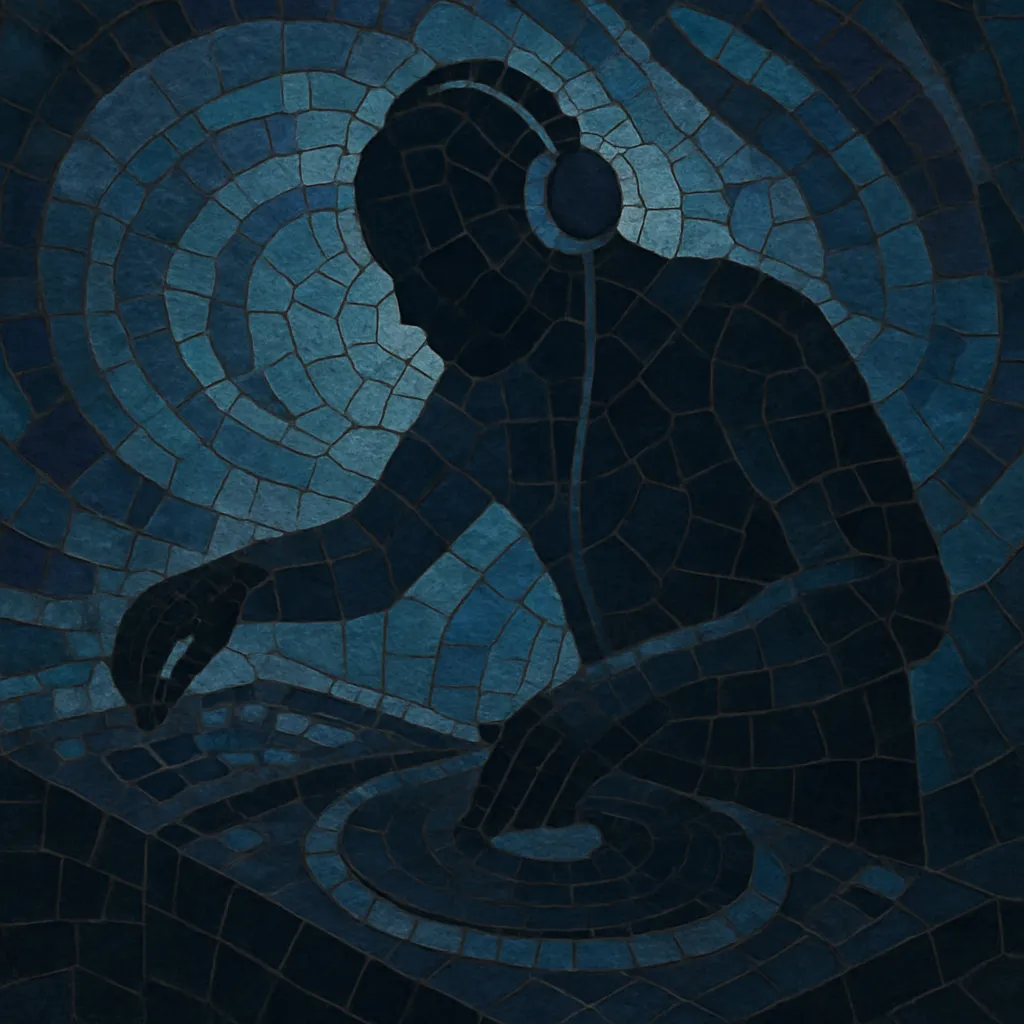Deep techno is a restrained, atmospheric branch of techno that emphasizes space, subtle groove, and long-evolving textures over overt aggression. It favors warm, enveloping pads, carefully sculpted sub-bass, and hypnotic, minimally changing motifs that invite immersion rather than peak-time intensity.
Typically running around 122–130 BPM, its sound design borrows the dub-informed spaciousness of Berlin traditions and the soulful, emotive DNA of Detroit. The result is functional club music that rewards close listening: detailed percussion, slow modulation, tasteful delays and reverbs, and harmonies that lean toward minor or modal colors, giving it a contemplative, nocturnal mood.
Deep techno crystallized in the 1990s from the dialogue between Detroit’s emotive, futurist techno and Berlin’s dub-informed, spacious aesthetics. While dub techno pioneers (e.g., Basic Channel/Chain Reaction) defined the archetypal sense of space and texture, producers oriented toward the dancefloor’s hypnotic flow, smoothing the edges into a less echo-saturated but equally immersive style. This approach emphasized steady, understated grooves, deep pads, and elongated arrangements that could work in dark rooms for hours.
In the 2000s, dedicated artists and labels refined the palette: tightly tuned low-end, delicate percussion, and slowly morphing pads became hallmarks. Producers like Deepchord, Convextion, and Monolake advanced a studio craft centered on restrained dynamics and micro-variation. Parallel to the minimal techno boom, deep techno opted for warmth and mood over stark reduction, creating records that were DJ-friendly yet richly textural for home listening.
A new wave in the 2010s—spanning Italy, Germany, Iceland, the UK, and the U.S.—reinvigorated deep techno with hypnotic, ambient-leaning sensibilities. Artists such as Donato Dozzy, Yagya, Echospace, and Luigi Tozzi broadened the style’s scope, integrating field recordings, cinematic pads, and finely graded modulation. Contemporary labels and collectives nurtured long-form, patient compositions that bridge club functionality and headphone immersion, influencing adjacent strains like melodic and organic house as well as modern, hypnotic techno outlooks.


